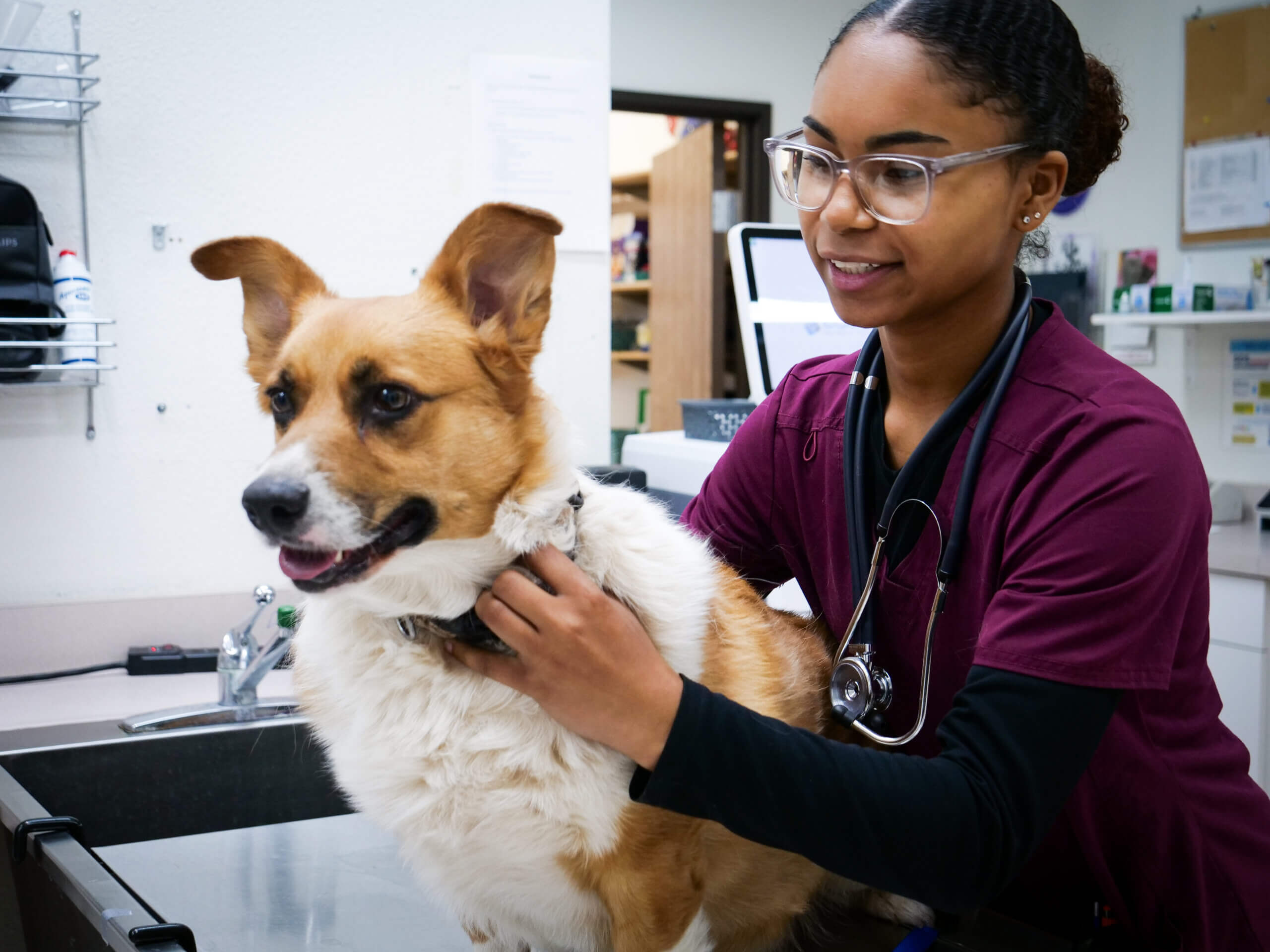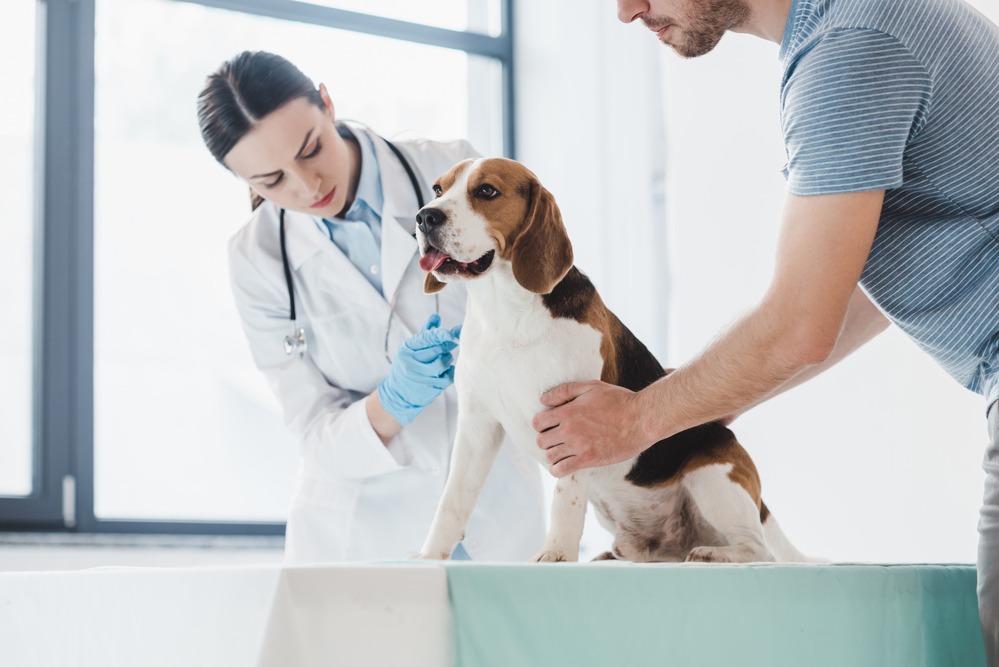Why Every Pet Parent in Bellingham Should Have a Go-To 24 hour vet bellingham
Why Every Pet Parent in Bellingham Should Have a Go-To 24 hour vet bellingham
Blog Article
All Concerning Veterinarian Surgery: Recognizing the Relevance of Specialist Look After Your Pet dogs
Veterinary surgery is an important component of pet dog health care. It includes numerous procedures, from routine elective surgeries to immediate interventions. Recognizing the ins and outs of these surgical procedures can help family pet owners make informed decisions. The preparation, implementation, and healing stages are crucial for making sure the well-being of pets. With correct understanding, proprietors can navigate the complexities of vet care. What elements should be taken into consideration prior to a pet undertakes surgical procedure?
Types of Veterinarian Surgeries
When a pet requires medical treatment, recognizing the numerous sorts of veterinarian surgical procedures can assist pet dog proprietors make informed decisions. Vet surgeries can be generally categorized right into three primary kinds: optional, urgent, and emergency surgeries. Optional surgeries, such as spaying or neutering, are intended procedures that are not quickly life-threatening. Immediate surgical treatments, like those for international body elimination, have to be performed soon but are not dangerous in the minute. Emergency surgical treatments, such as those attending to severe trauma or internal bleeding, are vital and call for instant attention.Additionally, surgical procedures can differ in intricacy, varying from minimally intrusive laparoscopic treatments to extra comprehensive open surgeries. Each kind of surgical procedure carries its own risks and recovery processes. Understanding these classifications permits family pet owners to take part in purposeful discussions with vets, resulting in better results for their beloved pet dogs.
Preparing for Your Pet dog's Surgical procedure
Preparing for a family pet's surgical procedure includes a complete checklist to guarantee all fundamentals are covered. Effective communication with the vet is vital for comprehending the treatment and any essential pre-operative steps - tplo surgery. Additionally, having clear post-operative care directions will assist proprietors give the very best assistance for their recovering animals
Pre-Surgery Checklist Basics
Assuring a smooth medical experience for an animal calls for careful prep work and focus to information. A pre-surgery list is important for animal proprietors to adhere to. First, confirming the scheduled surgery date and time is essential. Proprietors must additionally validate that their pet dog has not eaten according to the vet's guidelines, usually for 8-12 hours prior to surgical procedure. Gathering essential medical records, including vaccination history, is very important for the veterinarian's evaluation. It is additionally a good idea to prepare a comfy space in the house for the family pet's recovery after surgical treatment. Owners must have a strategy for transport to and from the vet center, making certain that the pet is safe and comfortable throughout the trip. Complying with these actions can greatly improve the surgical experience.
Interacting With Your Vet

Effective interaction with the vet is vital for a successful medical experience for pet dogs. Owners should be prepared to discuss their pet's case history, consisting of any kind of pre-existing problems, medicines, and allergies. This info helps the vet analyze dangers and customize the surgical strategy accordingly. Furthermore, animal owners ought to ask concerns concerning the procedure, anesthesia, and expected results to ensure they fully understand the process. Making clear any type of questions can alleviate stress and anxiety for both the pet dog and the proprietor. It is additionally important to communicate any behavioral changes or worries observed in the family pet leading up to the surgical procedure. Inevitably, clear dialogue fosters trust fund and collaboration, making certain that family pets get the finest feasible treatment during their surgical trip.
Post-Operative Treatment Instructions
After reviewing the operation with the vet, family pet owners must concentrate on post-operative care directions to assist in a smooth recuperation for their pet dogs. These directions generally consist of keeping track of the surgical site for indicators of infection, such as redness or discharge. Pets might require to be kept calm and confined to stop extreme movement that can interrupt healing. Discomfort management is vital, so proprietors ought to comply with the veterinarian's advice on carrying out medicines. Additionally, dietary constraints might be encouraged to stay clear of stomach upset. Normal follow-up consultations are essential to ensure appropriate recovery and resolve any concerns. By sticking to these post-operative care directions, pet owners can significantly add to their animal's recovery and overall wellness.
The Surgery Explained
The surgical procedure for pet dogs encompasses crucial actions that assure their safety and security and recuperation. Pre-surgery preparations are essential for decreasing threats, while post-operative treatment guidelines play a crucial role in promoting healing. Comprehending these parts helps family pet owners navigate the medical experience better.
Pre-Surgery Preparations
Before a pet undertakes surgical procedure, a number of important prep work need to take location to ensure a safe and effective procedure. First, an extensive veterinary examination is essential to evaluate the animal's overall health and wellness and recognize any possible risks. This might consist of blood examinations, imaging, or other diagnostics. The vet will certainly likewise go over anesthesia choices tailored to the pet dog's specific needs. Additionally, family pet owners are generally instructed to withhold food and water for a specified time before surgical treatment to reduce the risk of issues during anesthesia. It is essential for owners to offer a full case history, consisting of any type of medications or allergic reactions, making sure the medical team has all necessary info. Appropriate communication and adherence to pre-surgery standards useful source can considerably enhance the outcome of the treatment.
Post-Operative Care Guidelines
Appropriate post-operative treatment is crucial for ensuring a family pet's recuperation following surgical procedure. After the treatment, animals ought to be kept an eye on carefully for any signs of issues, such as too much bleeding, swelling, or unusual actions. It is essential to comply with the vet's directions pertaining to medications, consisting of discomfort reducers and antibiotics. Pet dogs need to be kept in a silent, comfortable atmosphere to decrease tension and promote recovery. Restricting activity is crucial; short, leashed strolls may be essential, yet jumping or running ought to be prevented. Regular follow-up consultations should be scheduled to analyze the recovery procedure. Furthermore, the surgical site must be kept tidy and completely dry, with any type of signs of infection reported to a vet immediately. Following these guidelines boosts recovery outcomes.
Anesthesia and Pain Administration
Effective anesthesia and discomfort monitoring are essential elements of veterinary surgical treatment, making certain that animals continue to be comfy and safe throughout the treatment. Veterinarians assess each pet's private demands, taking into consideration elements such as age, weight, health standing, and the kind of surgical treatment being performed.Anesthesia methods usually consist of a mix of pre-anesthetic medicines, induction representatives, and inhalant anesthetics, enabling precise control over the animal's degree of awareness. Tracking throughout surgery is critical; vets constantly observe crucial signs to resolve any type of potential problems promptly.Pain management methods may involve opioids, non-steroidal anti-inflammatory drugs (NSAIDs), and neighborhood anesthetics, tailored to the pet's details scenario. This complex approach helps minimize pain and advertises a smoother medical experience. By focusing on effective anesthesia and discomfort management, veterinary specialists boost the total well-being of family pets going through surgeries, guaranteeing they receive the highest possible standard of care.
Post-Operative Treatment and Recuperation
Complying with surgical treatment, the focus moves to post-operative treatment and healing, which is essential for making certain a pet's risk-free go back to typical activities. Throughout this duration, family pets call for a silent, comfy atmosphere to help healing. Owners must very closely check their pet dogs for any type of indicators of pain or unusual behavior.Veterinary standards frequently include specific instructions associated with drug management, wound care, and dietary adjustments. It is important to abide by these recommendations to lessen complications and promote recovery. Animals may require to be restricted from strenuous activities, such as running or jumping, during their healing period (tplo surgery).Regular follow-up consultations with the veterinarian enable monitoring of the pet dog's progression and timely changes to the care strategy. Supplying emotional assistance and friendship can also improve a family pet's healing experience, aiding to reduce stress and anxiety. In general, attentive post-operative care plays a substantial role in accomplishing an effective recovery
Acknowledging Difficulties After Surgical Treatment
Just how can pet owners identify complications after surgical treatment? Understanding of specific indicators is vital for making certain check my blog the well-being of pets during recuperation. Usual indications include excessive swelling, redness, or discharge at the medical website, which might symbolize infection. Additionally, consistent discomfort, suggested by whining or hesitation to relocate, should motivate instant attention. Changes in hunger or water intake can additionally suggest difficulties; a decrease in these actions might indicate pain or distress.Moreover, pet proprietors should monitor their pets for any type of unusual behavior, such as lethargy or trouble breathing, as these can be indicators of significant concerns. Vomiting or looseness of the bowels adhering to surgical procedure might need urgent veterinary examination. Recognizing these issues early can greatly influence an animal's recovery process, stressing the value of alertness and prompt communication with a veterinarian for any concerning symptoms.
The Role of Vet Specialists in Surgical Treatment
Vet specialists play a necessary role in making certain the safety and security and success of surgeries for animals, particularly following surgical procedure when keeping an eye on and care are extremely important. These experts include veterinarians, vet service technicians, and assistance team, every one of whom contribute specialized abilities to the medical process.Before surgical procedure, vets carry out detailed assessments to analyze the pet's health and wellness, guaranteeing that any kind of underlying conditions are taken care of. During the treatment, the medical team provides anesthesia, preserves sterile settings, and keeps track of crucial indicators, all vital for decreasing risks.Post-operative care is equally significant; vet experts observe for complications, manage pain, and overview proprietors on recovery techniques. Their proficiency allows them to acknowledge very early indications of distress or infection, making certain prompt intervention. Ultimately, the collective efforts of vet specialists in surgical treatment foster a risk-free atmosphere, promoting the wellness of family pets throughout the surgical journey.

Often Asked Inquiries
How Do I Select the Right Vet Specialist for My Pet?
Selecting the best vet surgeon includes investigating credentials, checking out reviews, and evaluating the clinic's atmosphere. It is necessary to mirror on the cosmetic surgeon's experience with details procedures and their interaction style when choosing.
What Are Common Misconceptions Regarding Vet Surgeries?
Typical misunderstandings about vet surgical treatments include beliefs that they are constantly high-risk, unnecessary, or for emergency situations. Lots of pet dog proprietors ignore the benefits of preventive procedures and the ability involved in veterinary medical care.
Just How Much Will My Pet's Surgery Price?
The cost of a pet dog's surgery can differ substantially based on factors such as the kind of treatment, the veterinarian's experience, and geographic place (emergency vet near me). Usually, expenses range from a couple of hundred to several thousand bucks

Can My Animal Eat Prior To Surgical Procedure?
Prior to surgical treatment, it is generally suggested that family pets avoid eating for a details duration. This fasting assists decrease the risk of issues throughout anesthesia. Owners should consult their vet for exact instructions useful site tailored to their family pet's needs.
What happens if My Animal Has Pre-Existing Wellness Conditions?
When an animal has pre-existing wellness problems, it's essential for the vet to analyze these elements prior to surgery. This evaluation guarantees proper preventative measures are taken, decreasing threats and enhancing the family pet's overall security during the treatment.
Report this page